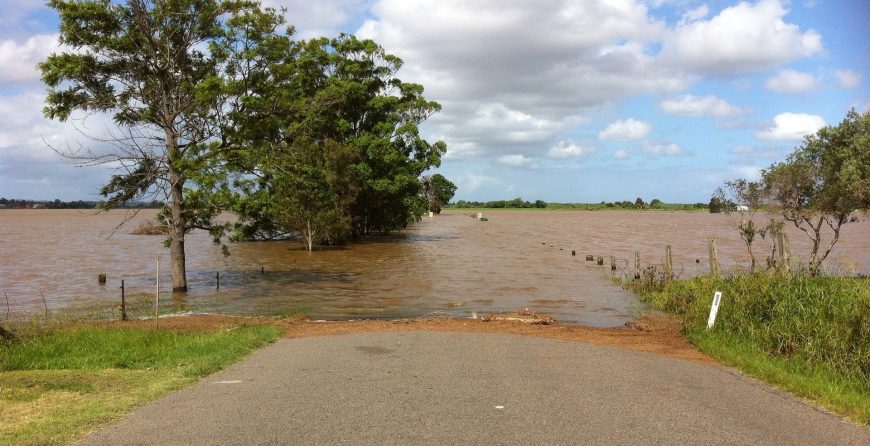Garden Clean Up – After Flooding
Auckland has had a large amount of rainfall recently, which means gardens and homes have experienced flooding. If your garden has flooded and you don’t know where to start when it comes to clean up, here are a few tips to get your garden looking good and growing great plants again.
1. Wash off the plants
There are a few things you will notice when you first evaluate your flooded garden; plants will be covered in mud and dirt, there will be layers of mud on your soil, dead plants and junk will be everywhere. The very first and most important step is to wash off the mud and dirt from plants. There will still be some plants that have survived the flood but won’t be able to survive in the long run unless you remove the mud off their leaves. This is due to the fact that plants need light to go through the stages of photosynthesis to survive, and if the leaves are covered in mud and the light can’t reach the leaves, the plant will die.
All you need to wash off the plants is a hose or a soft water blaster. Spray water over the dirty parts of the plants to wash them clean. If your lawn has layers of mud, you will want to wash the mud off the grass as well, as lawns need light to grow too. Then, create some ditches to help the water flow off the lawn and let the sun dry up the rest of the water on your lawn.
2. Check if you have waterlogged soil
When too much water is sitting in and around soil, it can become waterlogged. To check if your soil is waterlogged, use one foot to step onto the soil; if the soil is squishy and sinks a bit, this means your soil is waterlogged.
Do not walk around on the soil if it is waterlogged as it compacts the soil and makes it worse. Instead wait until your soil is dried by the sun over a few days. Once the top of the soil feels dry, lightly water the plants, lawn and soil. This will prevent the plants shallow roots from dying as they are now sitting in dry top soil and need water to survive.
3. Remove any junk
The next step is to remove any rubbish that has been scattered around the yard. Be sure to wear gloves and shoes as there may be scattered nails, wood and metal in odd places.
Removing large junk from the garden will prevent the items disintegrating and leaking into your soil.
4. Revive your garden soil
Having waterlogged soil will have affected the quality of your soil. To revive and fix your soil you will need to add organic matter such as microbes.
If you have homemade compost, you can add this to your soil; store brought compost will work as well.
This will ensure your plants are sitting in nice, revived soil and will help them grow.
5. Check on your garden
Over the next few weeks, check on your garden to see its progress, if needed replace dead plants with new ones.



